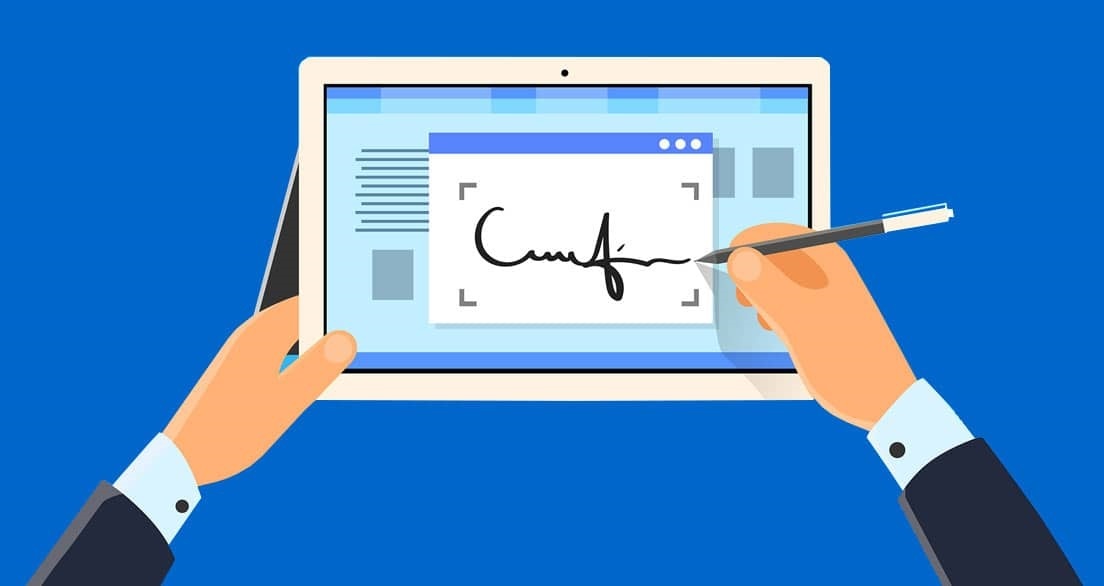There are two ways to sign a document: make your signature with ink or use an electronic signature. The latter has the advantage of providing increased security because it’s impossible for someone to alter the document without you knowing.
There are a few different types of electronic signatures. Most often, one is going to use a digital certificate and then digitally sign each page with an encryption key. This allows the validity of your signature on every page to be confirmed as true by any third party who is authorized to validate these certificates.
But there are other ways that an electronic signature can be used, such as through a mobile device’s camera or fingerprint reader, or through electronic signature software. Whatever method you choose for your electronic signature, here’s how to do it safely and legally so that you won’t have any problems down the road.
What is an electronic signature?
An electronic signature is a way of representing your name and verifying that you signed a document. It can be used in place of an ink signature, which has the disadvantage of being easily forged. The good thing about an electronic signature is that it provides increased security as it’s impossible for someone to alter the document without you knowing.
In order to use an electronic signature legally, there are certain rules that must be followed. Your identity must be verified before the certificate is issued and then you must use your digital certificate to sign the pages of the document. Then, those certificates need to be validated by an independent third party who has been authorized by your state or federal government to do so. The last step is having all parties sign the new document with their own signatures, which will make it official and legal.
Types of electronic signatures
When you digitally sign a document, there are two main types of electronic signatures: digital certificates and key cryptography.
Digital certificates are a form of public-key cryptography. They are digital signatures that can be verified by a third party to prove that they are genuine and that the sender is authorized to send them. This is because only the person who holds the private key can create a valid certificate.
Key cryptography is also known as asymmetric encryption. It’s a way of securing documents with a public key, which can then be verified with the corresponding private key on the other side to ensure authenticity. Both types of electronic signatures have their advantages, but it’s important to know what type of signature each one provides in order to make sure it meets your needs.
How to create an electronic signature
First thing’s first: you’re going to need to create an electronic signature. There are two easy ways to do this:
1) You can use a digital certificate and then digitally sign each page with an encryption key. This allows the validity of your signature on every page to be confirmed as true by any third party who is authorized to validate these certificates.
2) You can use electronic signature software on your computer or mobile device. This will allow you to automatically create a signature that is verified and legal.
How to use an electronic signature in different situations
There are a few different situations in which an electronic signature can be used. The first is when you’re signing a contract. An electronic signature can show that the person is authorized to sign the document, and it can also make the process much faster than using an ink signature.
The next situation where an electronic signature would be advantageous is signing a power of attorney over to someone else. If you have a health problem and can’t sign your own documents, having someone else with an electronic signature could mean the difference between life and death for you.
Another use for an electronic signature would be if you need to leave someone else in charge of something that has significant value for your business or yourself. For example, if your house was on fire and you were trapped inside, leaving someone in charge of your home would be difficult without an electronic signature.
Conclusion
Electronic signatures are a great tool for both businesses and consumers. However, they do require careful planning and understanding of their legal implications.






